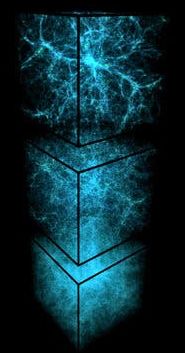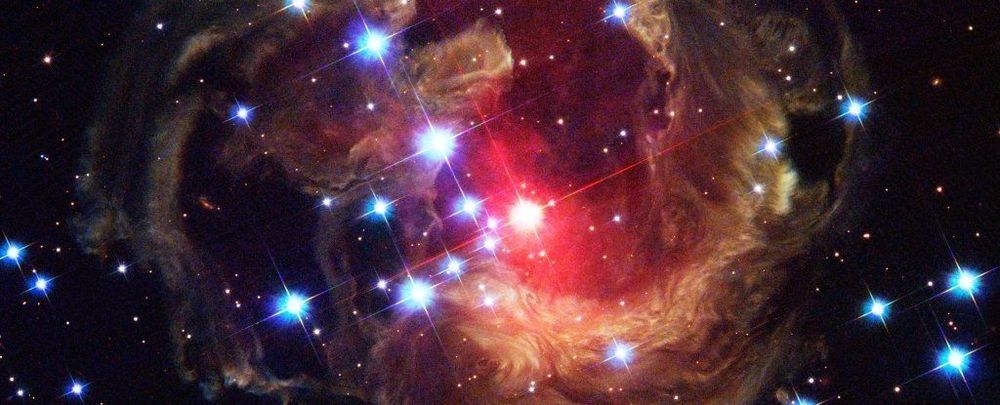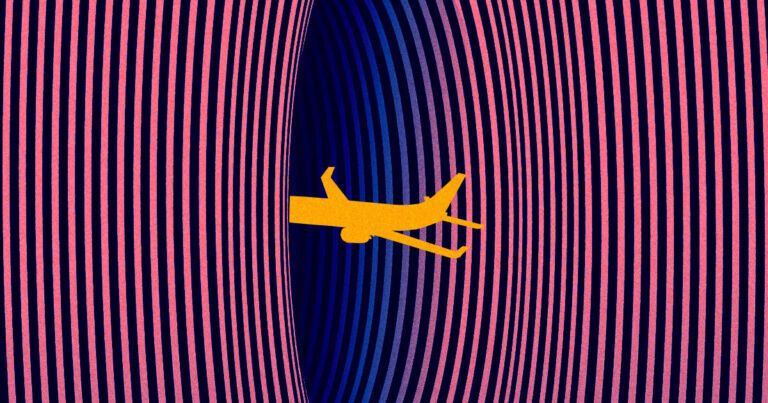It’s like something out of Stranger Things, but with fewer Demogorgons and less of the sinister darkness: physicists have flipped reality on its head, creating their own ‘upside down’ by getting small boats to float underneath a levitating liquid.
Seeing it in action, you would think you were watching some kind of sci-fi movie effect, but it’s all to do with the forces of vertical vibration. It’s already been established that some carefully calibrated vertical shaking can keep liquid suspended inside a container, and here the team has taken advantage of the phenomenon.
In this new study, not only do they achieve the suspension, but demonstrate that it’s possible to create a similar balance of forces in the lower half of the chamber as in the upper half: when put on the upside down surface of a viscous liquid, a small model boat or ball will stay in place.







